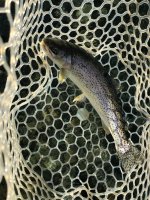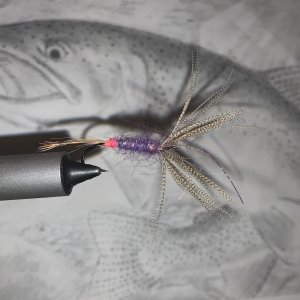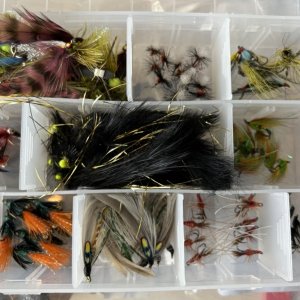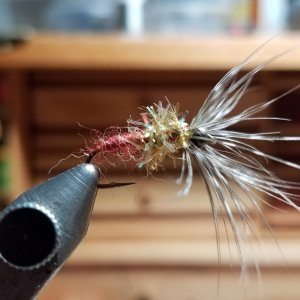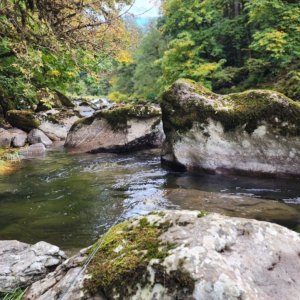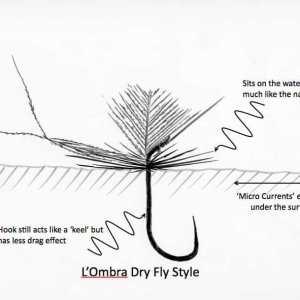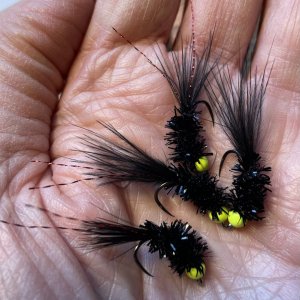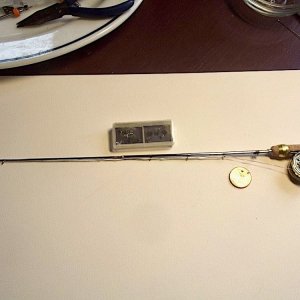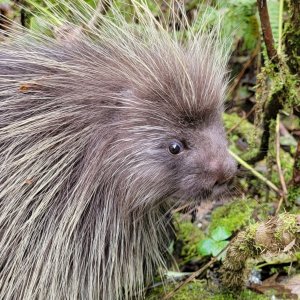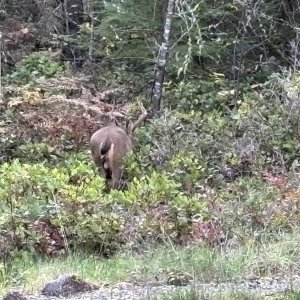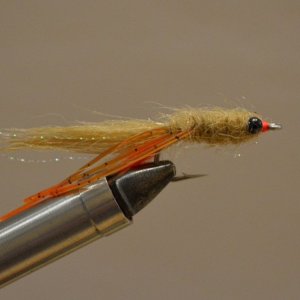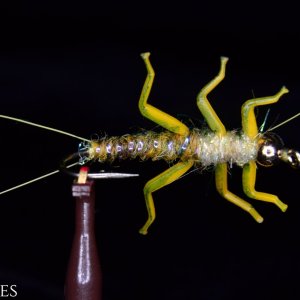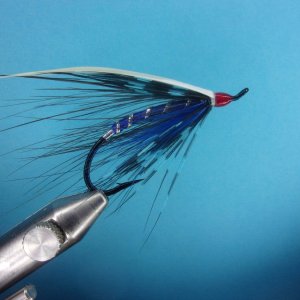Looking like I’ll be able to get out for the first time in too many months on Saturday. Unfortunately only for a small window around high tide. As I try and choose my beach I’m wondering if people have been running into many rezzies yet.
Seems like they’ve generally been sparser in the south sound in winter over the past couple years. Maybe fewer net pens cranking them out? But as far as I know the Squaxin pens are still up and running so there should be some…
Thanks for the intel.
Seems like they’ve generally been sparser in the south sound in winter over the past couple years. Maybe fewer net pens cranking them out? But as far as I know the Squaxin pens are still up and running so there should be some…
Thanks for the intel.

